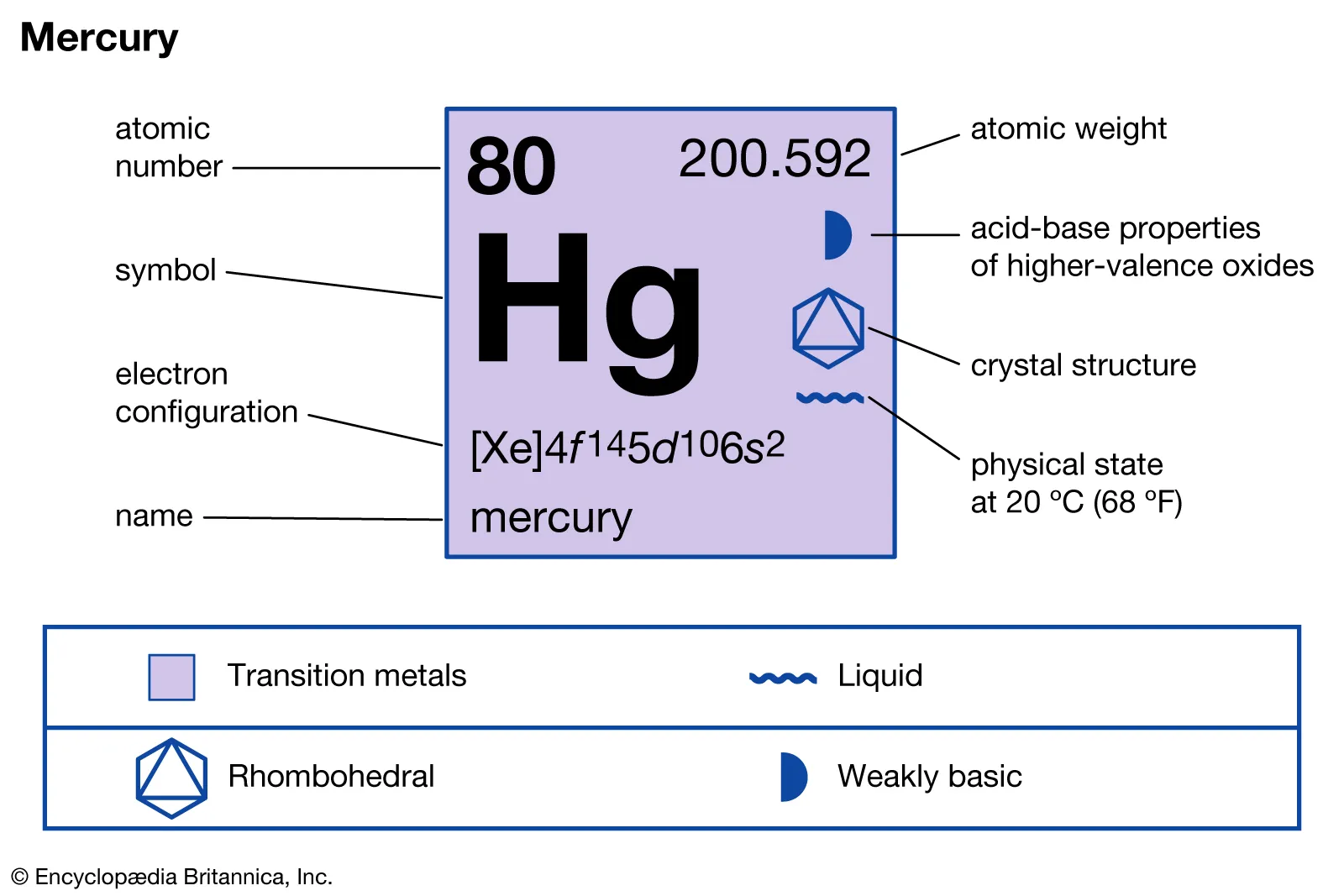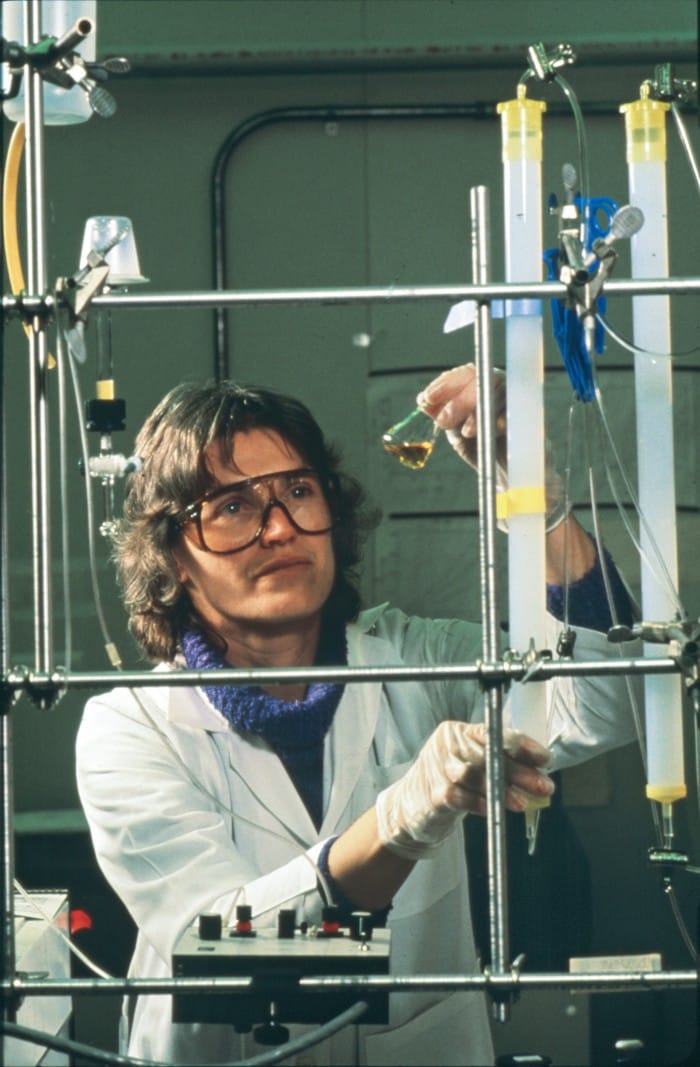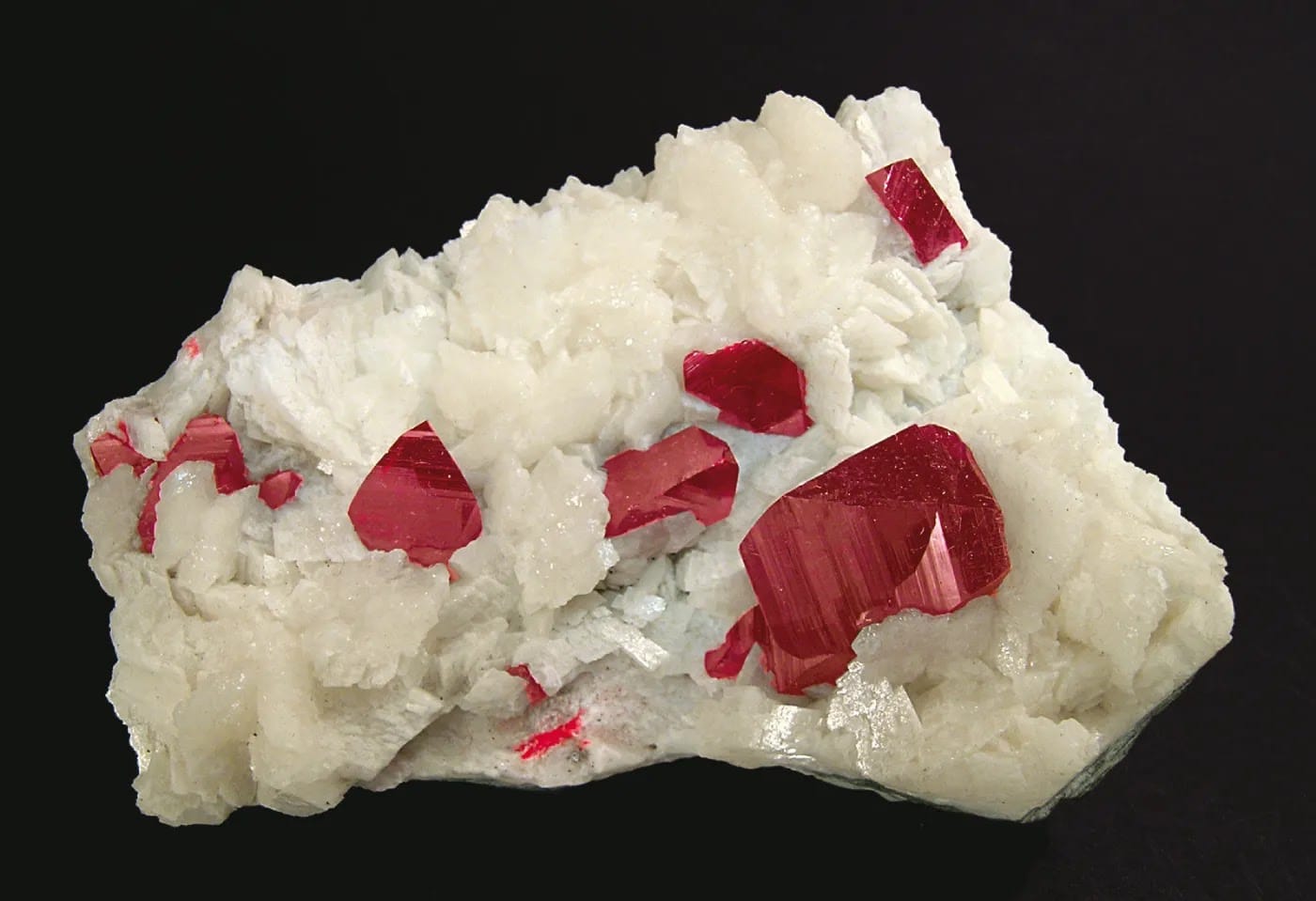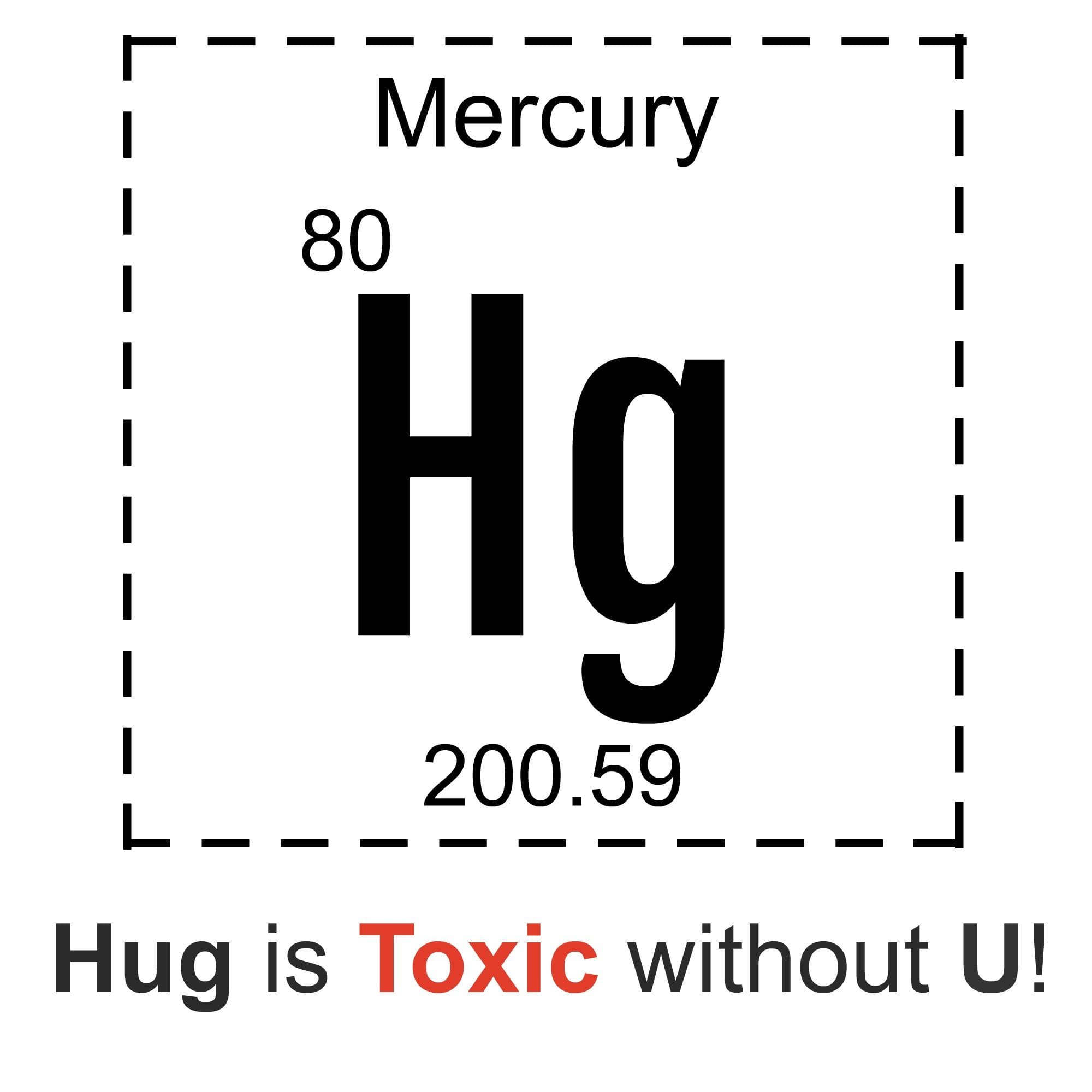Mercury; The Liquid Silver of Chemists

Mercury is an element known for its property of being liquid in room temperature. Despite its dazzling appearance, it is a very toxic substance that has killed many famous individuals and can cause serious environmental damage. Mercury's properties make it very valuable; especially in industrial sectors.
Background

Mercury has the chemical symbol Hg which was derived from its Greek name hydrargyrum; meaning liquid silver or quick silver. Interestingly, it was always referred to as 'quick silver' back in the day, just not anymore. Mercury is a heavy metal which weighs 13.5 times that of water, in the same volume. It is a poor conductor of heat but a fine conductor of electricity.
For most living organisms, Mercury is extremely toxic if ingested. It most commonly affects the neurologic, gastrointestinal and renal organ system (consisting of the kidneys, ureters & urethra) in the case of humans. The most deadly form of Mercury is methylmercury. Methylmercury is a neurotoxin that damages, impairs or destroys the functionality of nerve tissue.
Dimethylmercury (CH3)2Hg is also one of the most toxic forms of mercury. It is a volatile, flammable, dense and colorless liquid that is one of the strongest known neurotoxin. Less than 0.1mL is enough to kill. American chemist Karen Wetterhahn; known for her work on toxic metals unfortunately died from dimethylmercury poisoning in 1997.

Mercury poisoning cases
The Minamata Mercury Disaster, Japan 1908
In 1908, a chemical factory called Chisso was established in a small village called Minamata. In the late 1950s, Minamata Bay was contaminated with mercury from Chisso Corporation's chemical waste pipe. At first, the local cats which ate the contaminated fish started to act strangely. They 'danced'; the had movement disorders, convulsions and death. Then, dead fish started to float on top of lakes.
This affected the citizens as well. People experienced loss of vision, loss of muscle coordination and started to have neurological issues. It was later noted that the victims were people who ate a high quantity of fish. Eventually in 1956, a doctor in Japan identified that there were large quantities of mercury in the sea & fish. The government announced in 1968 that the ultimate cause was from the chemical compound methylmercury released by the Chisso factory.
The mercury transferred to the cats and humans who ate it. This gave the name Minamata disease. Over 2000 people died from this phenomenon and thousands of people experienced crippling injuries. Babies were born with defects and it left people with seizures, sensory disorders and permanently disabled.
Mercury applications
It may sound like Mercury is an extremely toxic and bad substance-which it is. However, it also has some importance in the chemical industry.
It is mainly used in thermometers, blood pressure devices and thermostats. It's property to contract and expand uniformly makes it useful for measuring temperature and pressure changes. Today, it's use has declined rather drastically and is now mostly used in the chemical industry as a catalyst.
It used to be used as a pigment, called cinnabar (mercury sulfide HgS) which means dragon blood. It is bright red mineral which was used as makeup, tattoo dye and to decorate ceramics and buildings. During the Middle Ages, it was even used as ink. Between the 17th - 19th century, mercurous chloride was a famous syphilis treatment in Europe.


A farewell pun for you :)





